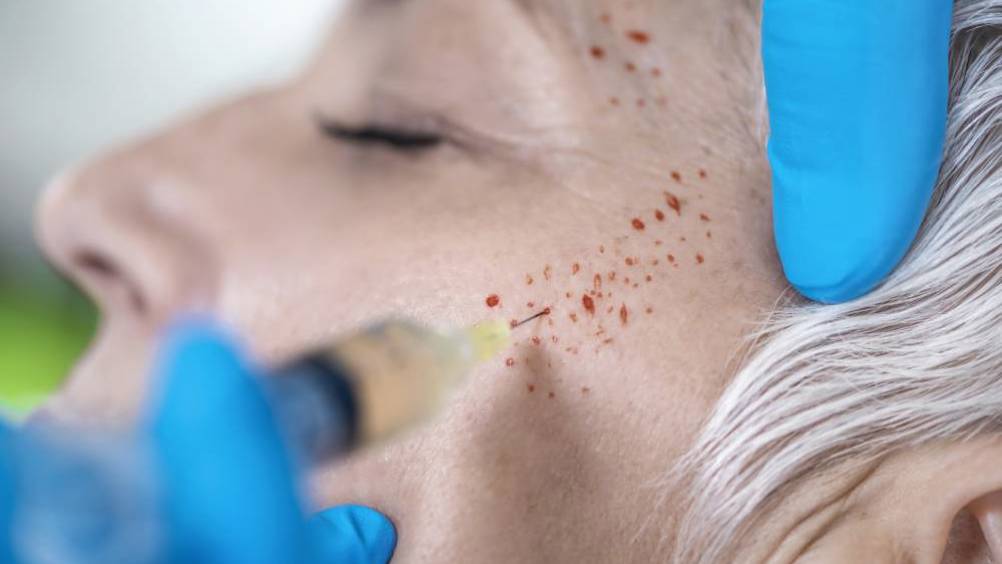References
Using platelet-rich plasma for skin rejuvenation

Abstract
The skin is the largest organ of the body, and it is affected by both intrinsic and extrinsic ageing factors.
Platelet-rich plasma is an effective treatment for skin ageing, whether as a standalone treatment or in combination with other treatment modalities. The results depend on the skin quality of the patient, compliance and aftercare. Other factors to consider include the platelet-rich plasma kits and centrifuge used by the practitioner, as well as whether it is activated or not.
In this article, Claudia McGloin will discuss skin ageing and the use of platelet-rich plasma for skin rejuvenation.

The skin is the largest organ of the body and experiences both intrinsic and extrinsic ageing factors (Skowron et al, 2021). Skin ageing is characterised by features such as wrinkling, loss of elasticity, laxity and rough-textured appearance. The ageing process is accompanied by phenotypic changes in cutaneous cells, as well as structural and functional changes in extracellular matrix components, such as collagen and elastin (Zhang et al, 2018). In this article, the author will discuss skin ageing and the use of platelet-rich plasma for skin rejuvenation.
Skin is a barrier that protects the body from water loss and micro-organism infection. It is thought that it also has an important cosmetic role, as a youthful and beautiful appearance may have a positive influence on a person's social behaviour and reproductive status (Blanpain et al, 2006).
The ageing process of the body's organs begins from the time of birth, and this also includes the skin. As the most voluminous organ of the body, the skin shows obvious and visible signs of ageing. For many people, especially women, a considerable amount of money is spent on cosmetics and treatments in an attempt to delay or reverse the skin's signs of ageing (Kazanci et al, 2016).
Register now to continue reading
Thank you for visiting Journal of Aesthetic Nurses and reading some of our peer-reviewed resources for aesthetic nurses. To read more, please register today. You’ll enjoy the following great benefits:
What's included
-
Limited access to clinical or professional articles
-
New content and clinical newsletter updates each month


